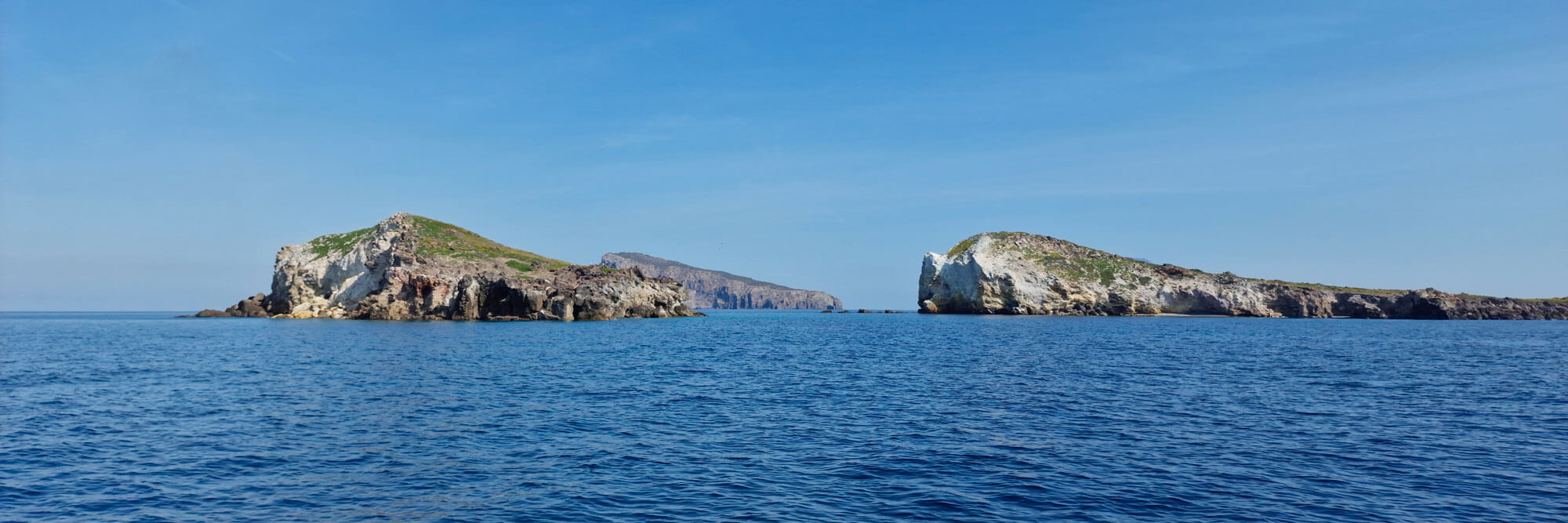
The decade 2020-2030 has been designated by the European Environment Agency as the decade of environmental restoration.
Environmental restoration includes all those activities that contribute to the recovery of degraded habitats. These activities range from the removal of dumped waste, pollutants or invasive alien species to the restoration of lost habitats (e.g. dunes) through population reinforcement or reintroduction of extirpated or declining species.
In this context, the role of seedbanks is crucial. In fact, the seedbank does not limit itselve to the ex situ conservation of the collected seeds but must apply their skills in order to use these seeds in environmental restoration projects.
The equipment purchased with the SiMaSeed PLUS project is placed in this perspective and helps to improve knowledge on the ecology of germination of preserved species, to increase plant production, and to achieve better results in environmental restoration and in the monitoring of restoration interventions of habitats and translocation of species.
For this reason, the Germplasm Banks of the project partners (UNICT, UoM, MGOZ) have equipped themselves with phytological chambers which, by simulating various levels of light, humidity and temperature, make it possible to determine the ideal environmental conditions for the germination of the seeds of studied species; a propagation greenhouse, with automatic control of irrigation, light and temperature in order to produce plants for ecological restoration interventions; a drone that combines an RGB camera with a multispectral one to facilitate the localization and mapping of species that grow in harsh environments that are difficult for operators to reach; dataloggers; a cool stage scanning electron microscope (SEM); a microscope with digital display for simultaneous multiuser imaging; a seed desiccator and an electronic seed counter.